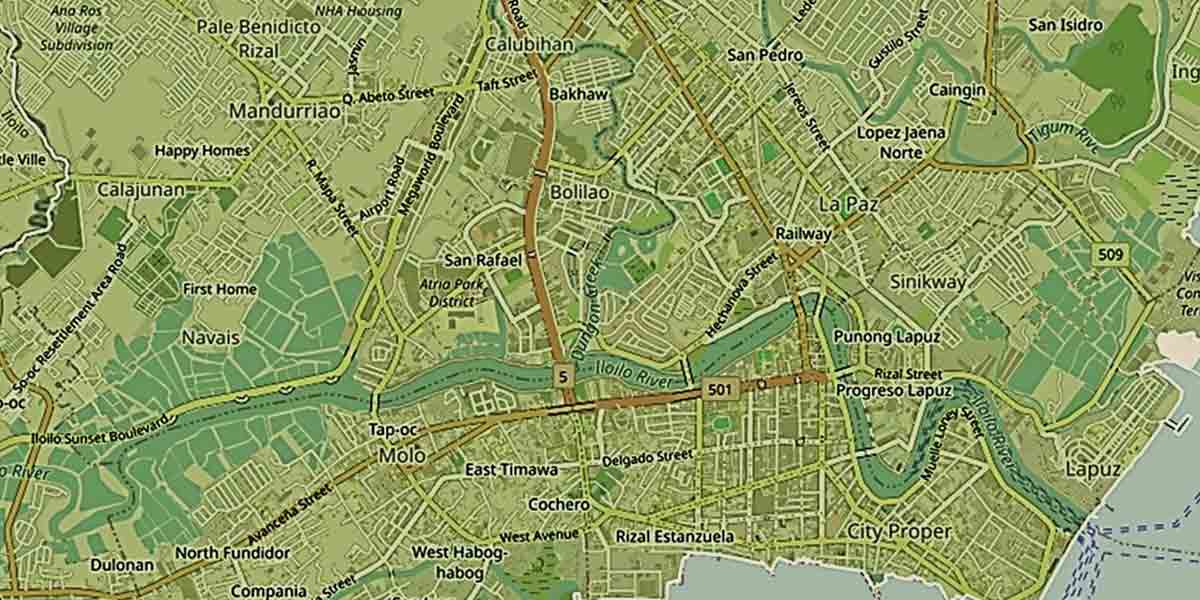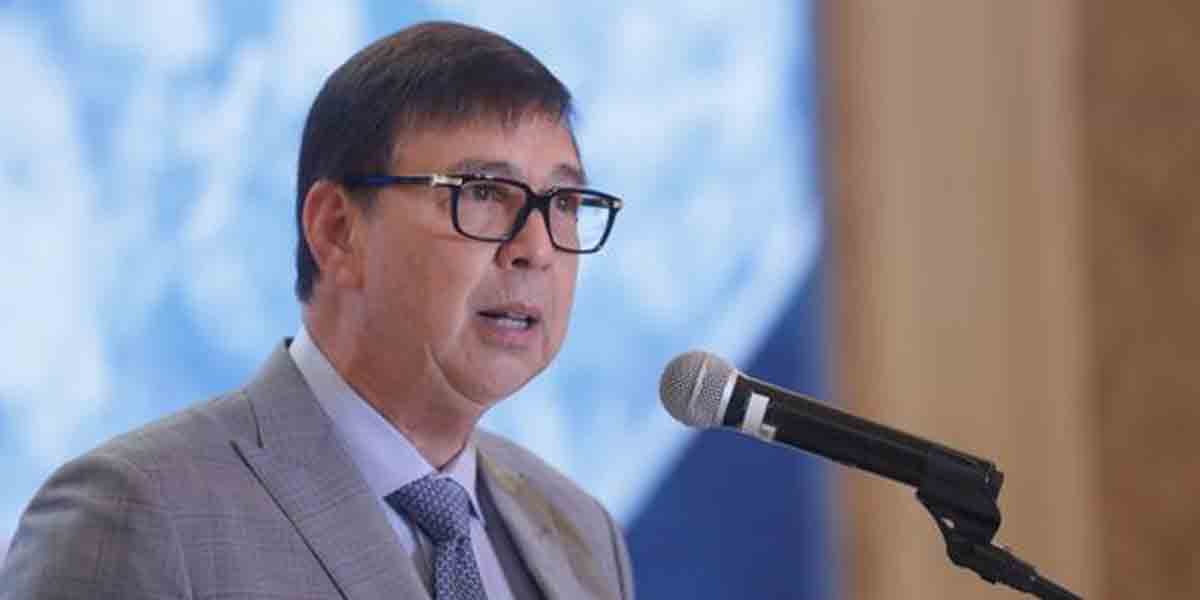The Philippine banking sector demonstrated robust growth in the first half of 2024, driven by an improved economic landscape and progressive financial reforms by the Bangko Sentral ng Pilipinas (BSP).
Total assets surged to PHP 26.2 trillion by June 2024, reflecting a 12.4% year-on-year growth, significantly higher than the 9.1% growth recorded in June 2023.
“Banks remain the pillar of the Philippine financial system,” BSP Governor Eli M. Remolona, Jr. said. “The BSP’s financial reforms help sustain the resilience of the banking sector, enabling banks to take a bigger role in the domestic economy through continued financial services to their clients, ultimately improving the financial future of every Filipino.”
The banking sector’s gross total loan portfolio rose to PHP 14.3 trillion, also marking a 12.4% increase.
This growth was spurred by strong consumer confidence and a positive business outlook, leading to a 23.3% jump in household loans and a 12.1% rise in real estate loans.
The real estate sector maintained its position as the largest loan recipient, accounting for PHP 2.6 trillion or 18.3% of the total loan portfolio.
Loans to wholesale and retail trade, electricity, gas, steam, and air-conditioning supply, and manufacturing also showed significant growth, collectively holding 42% of the total loan portfolio.
Despite a challenging high-interest rate environment, the sector managed loan quality effectively. Non-performing loans (NPLs) rose to PHP 502.4 billion, equating to a slight increase in the NPL ratio from 3.4% to 3.5%.
However, the system’s NPL coverage ratio remained robust at 95.4%, supported by sound risk governance and precautionary provisioning for potential loan losses.
The banking system’s support for marginalized sectors was noteworthy. Loans for micro, small, and medium enterprises (MSMEs) reached PHP 488.1 billion by June 2024, surpassing the PHP 461.4 billion recorded in June 2023.
Additionally, banks allocated 192.4% of their total loanable funds, amounting to PHP 1.7 trillion, for agriculture, fisheries, and rural development (AFRD) financing, exceeding the mandated requirement under Republic Act No. 11901.
Deposits climbed to PHP 19.5 trillion, up by 9.5%, underscoring strong depositor confidence, especially from resident individuals and private corporations.
Capitalization also improved, with the total capital base reaching PHP 3.2 trillion, bolstered by a 10.6% growth.
This allowed banks to maintain a capital adequacy ratio of 16.1% (solo basis), exceeding both the BSP’s 10% requirement and the international 8% benchmark.
The common equity tier 1 (CET1) ratio stood at 15%, affirming the system’s resilience.
The BSP report highlighted gains in the banking sector’s foreign currency deposit unit (FCDU) operations, which saw total assets rise to USD 70.6 billion (PHP 4.1 trillion), maintaining a low NPL ratio of 1.3%.
Trust assets similarly increased, reaching PHP 6.6 trillion by mid-year, with agency and trust accounts comprising over 87% of the total.
Consumer loans grew by 19.7% to PHP 2.8 trillion, driven by a substantial increase in credit card financing, which rose by 28.8%.
Motor vehicle loans and salary-based consumption loans also posted robust growth rates of 18.7% and 20.5%, respectively. These figures align with strong consumer sentiment and banks’ strategic positioning.
Governor Remolona emphasized that the BSP will persist with financial reforms aimed at stability, digitalization, and inclusive finance, ensuring that banks can adapt and thrive in an evolving economic environment.
“Collaboration with industry partners and legislative support remains crucial to fostering a resilient, inclusive financial system,” he added.
Overall, the first semester of 2024 solidified the banking sector’s pivotal role in supporting the Philippine economy, with sustained growth across key metrics ensuring a positive outlook for the remainder of the year.


















